We had our first big snowstorm of the year a couple of days ago. The day before it snowed, we received a bit of rain and then the temperatures had fallen well below freezing. The ice has allowed for the snow to remain on the tree branches, allowing for beautiful winter photography. Perhaps this hasn’t been so great for the birds though. Or has it? Have you ever wondered how the birds survive harsh winters? No worries, Mother Nature has this taken care of. The birds are very good at prepping for our winters, especially here in New England. Birds are experts at finding shelter, acquiring and storing food and their bodies have evolved to withstand harsh weather as well.
Birds will use thick and dense vegetation for shelter. We have plenty of thick pines here in Maine that provide excellent shelter for the birds. Many bird species take advantage of dead or downed deciduous and evergreen trees for protection. Birds will also nest in cavities that provide protection from the harsh elements. Bird species that are well-known cavity-nesters include black-capped chickadees, downy woodpeckers and white-breasted nuthatches.
During the months prior to the cold weather setting in, birds will begin to store fat. Of the bird species that I have mentioned above, these birds also have strategies for hoarding and storing food for the winter. These birds will store hundreds, or even thousands of seeds each year. Even more remarkably, these birds remember their food hiding places.
Birds have also evolved to withstand the harsh elements. Their feathers provide an excellent buffer from the wind, rain and snow. In regards to their legs and feet, birds also have a counter-current heat exchange system. This means that the blood vessels going to and from their feet are very close together, so blood flowing back to the body is warmed by blood flowing to the feet. Most birds will also not succumb to frostbite, because there is so little fluid in the cells of their feet. Their feet are mostly made up of tendons and bones with little muscle or nerve tissue.
During prolonged bad weather conditions, I’m sure these survival tactics are put to the test. I also believe nature can be resilient in these matters. Birds are experts at preparing and then hunkering down in bad weather. After the storm is over and the sun is shining the birds are back to their usual behavior. The following photographs are of a few of the birds on the property enjoying yet another day of sunshine here in Maine. These birds also don’t go without, I provide them with plenty of seed and suet to help them get through the winter.
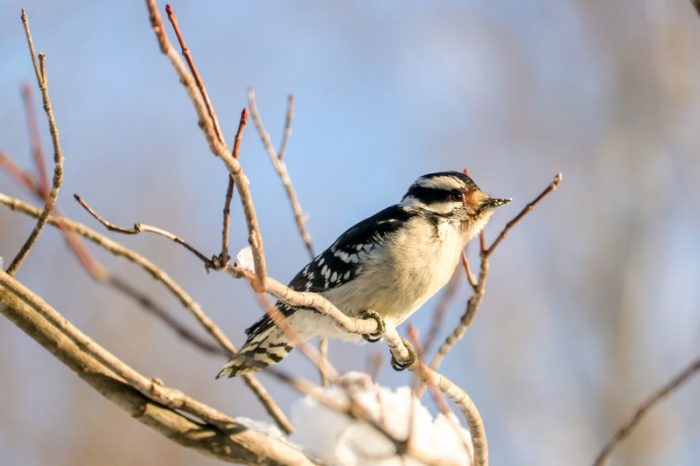
(f/6, 1/500 second, ISO 200, 55-250 @ 55mm)
Downy woodpecker (Picoides pubescens)
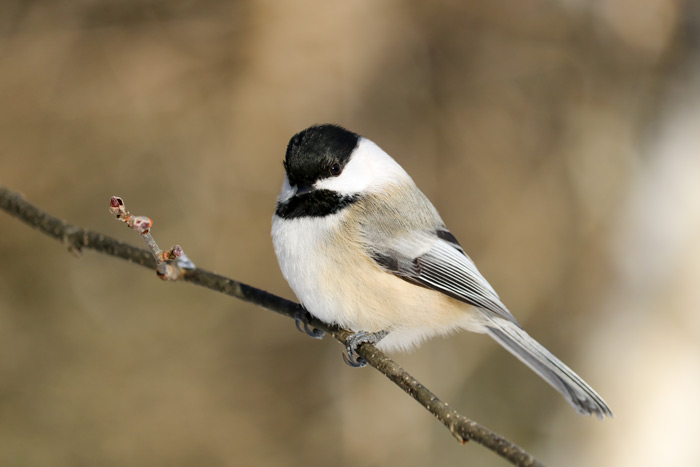
(f/5.6, 1/500 second, ISO 160, 55-250 @ 55mm)
Black-capped chickadee (Poecile atricapillus)
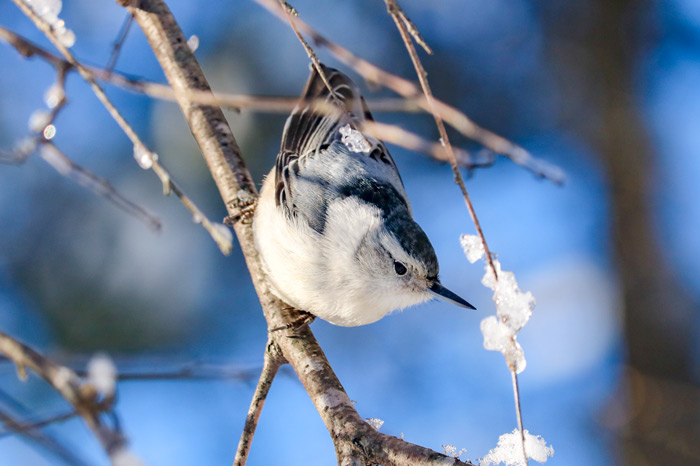
(f/6.3, 1/500 second, ISO 200, 55-250 @ 55mm)
White-breasted nuthatch (Sitta carolinensis)
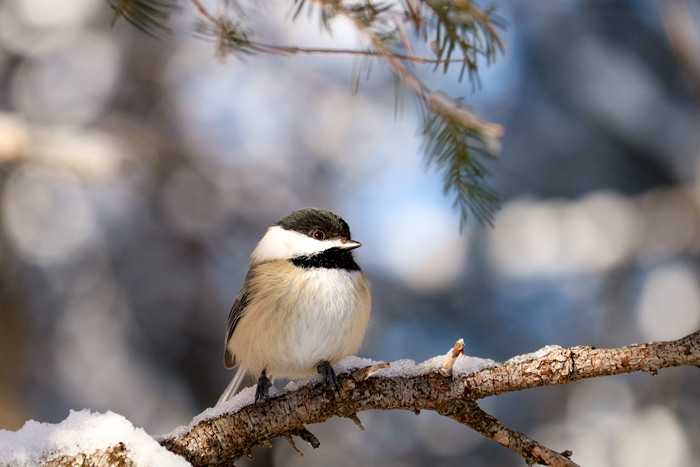
(f/6.3, 1/500 second, ISO 500, 55-250 @ 55mm)
Black-capped chickadee
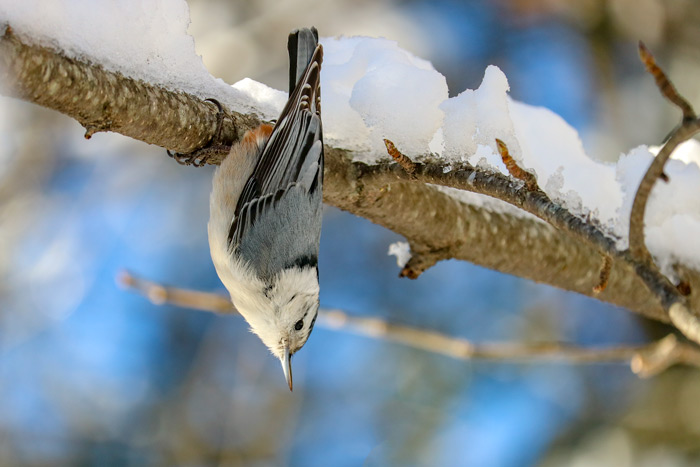
(f/6, 1/500 second, ISO 250, 55-250 @ 55mm)
White-breasted nuthatch
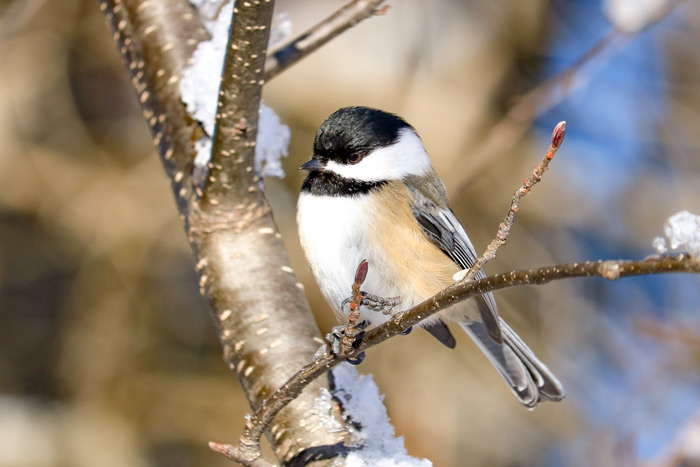
(f/6.3, 1/500 second, ISO 250, 55-250 @ 55mm)
Black-capped chickadee
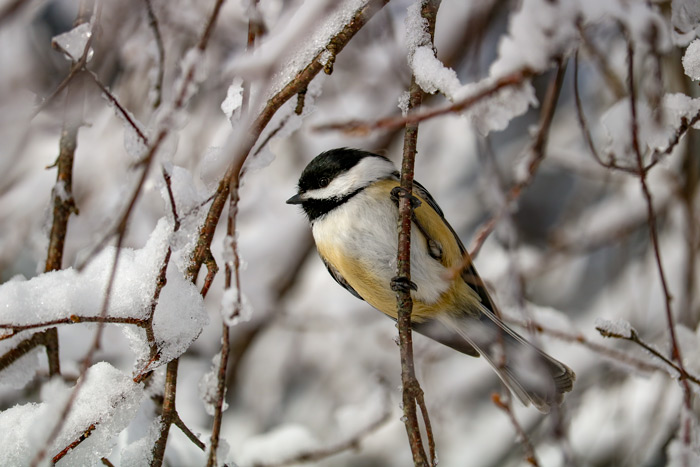
(f/6.3, 1/500 second, ISO 160, 55-250 @ 55mm)
Black-capped chickadee
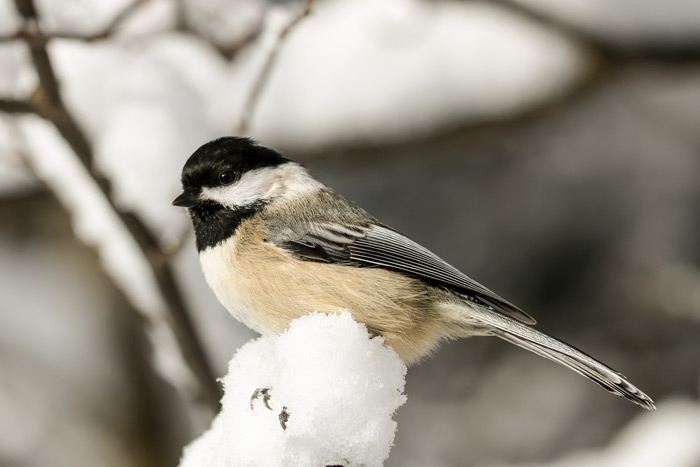
(f/7.1, 1/500 second, ISO 100, 55-250 @ 55mm)
Black-capped chickadee
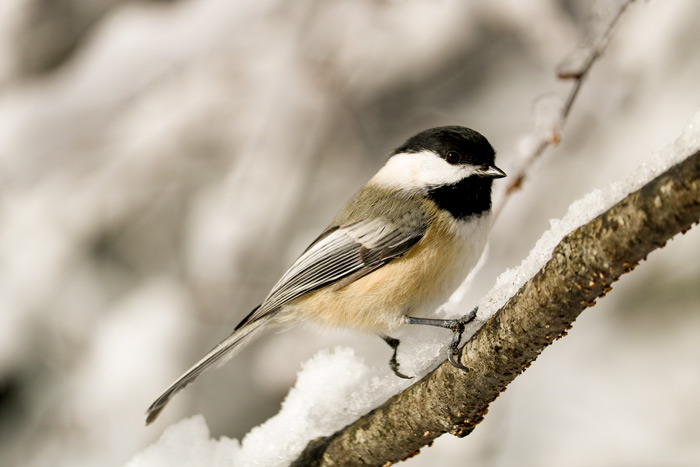
(f/6, 1/500 second, ISO 100, 55-250 @ 55mm)
Black-capped chickadee
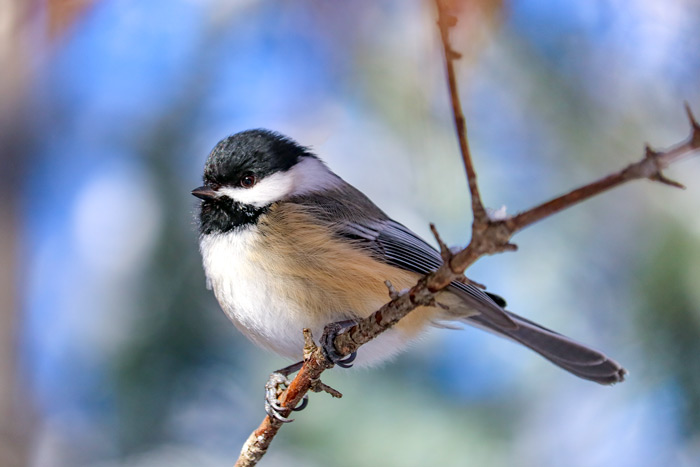
(f/6, 1/500 second, ISO 250, 55-250 @ 55mm)
Black-capped chickadee
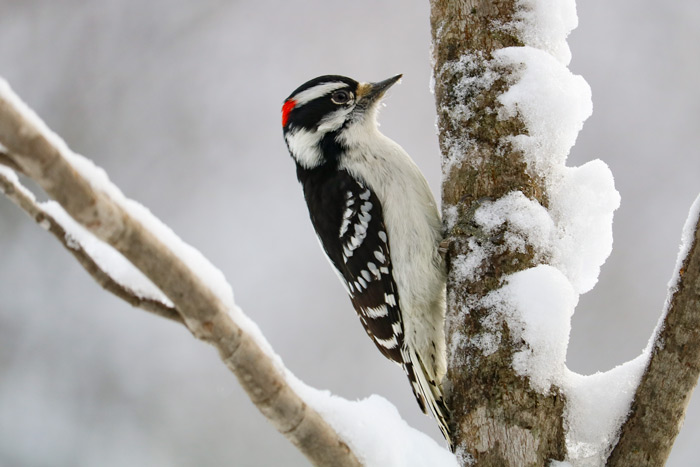
(f/5.6, 1/500 second, ISO 250, 55-250 @ 55mm)
Downy woodpecker
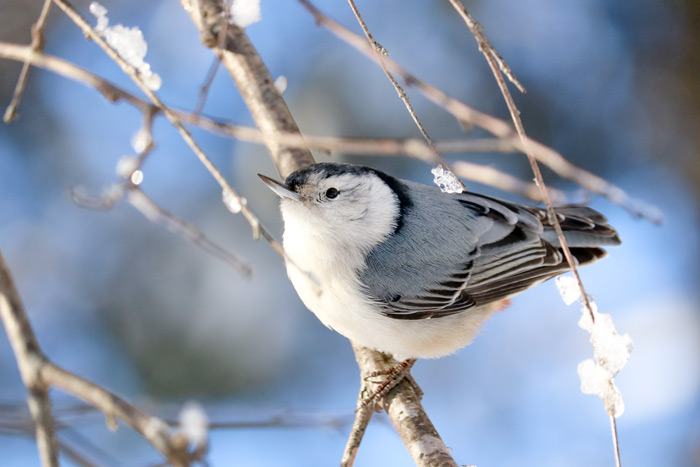
(f/6.3, 1/500 second, ISO 400, 55-250 @ 55mm)
White-breasted nuthatch
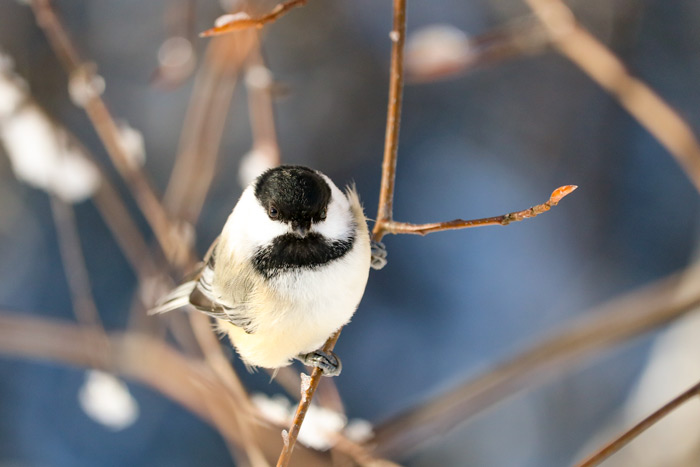
(f/6.3, 1/500 second, ISO 400, 55-250 @ 55mm)
Black-capped chickadee
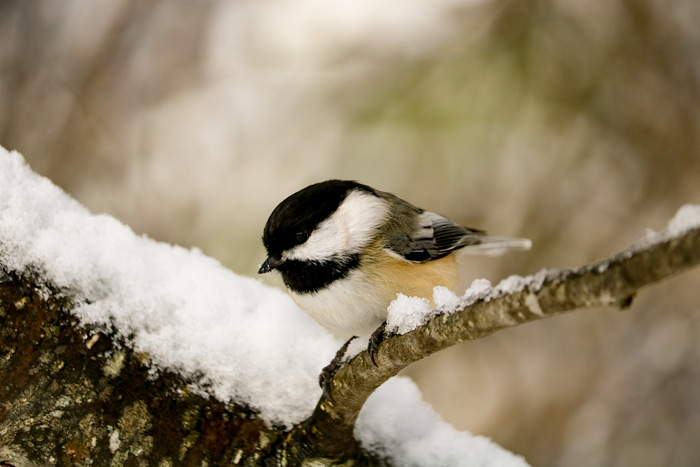
(f/5.6, 1/500 second, ISO 160, 55-250 @ 55mm)
Black-capped chickadee
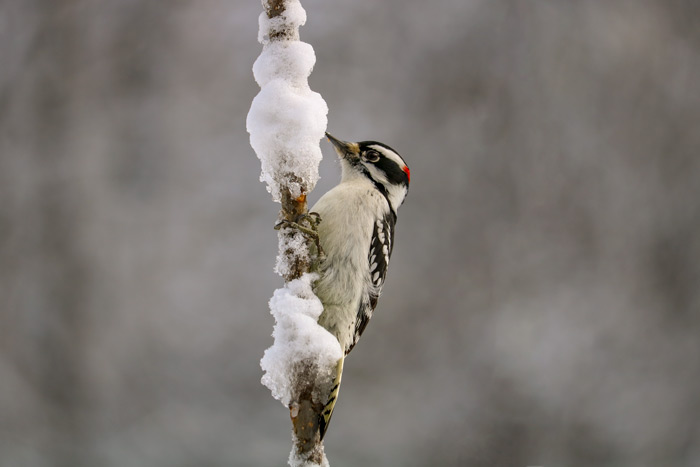
(f/6.3, 1/500 second, ISO 160, 55-250 @ 55mm)
Downy woodpecker

(f/5.6, 1/500 second, ISO 400, 55-250 @ 55mm)
White-breasted nuthatch
Leave a Reply